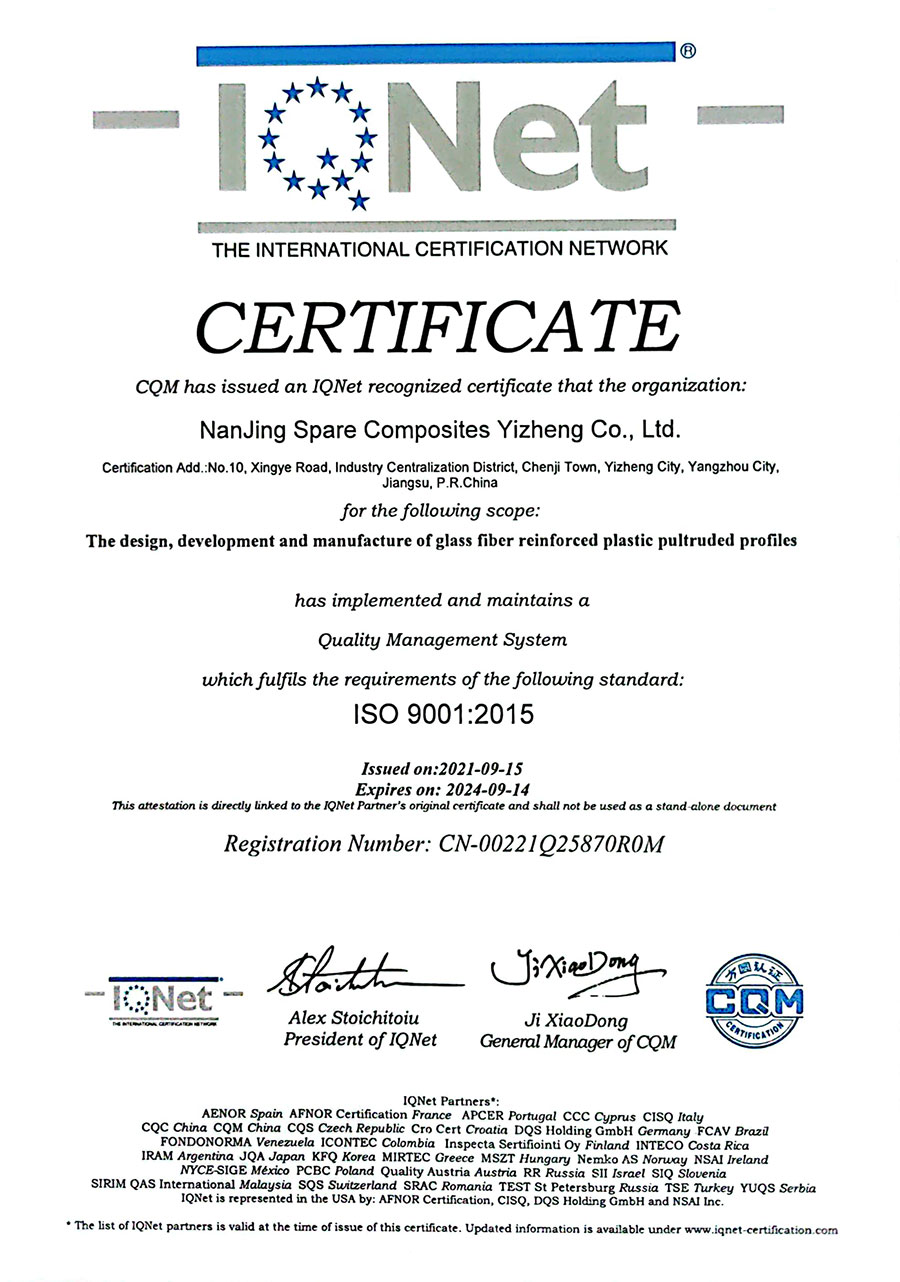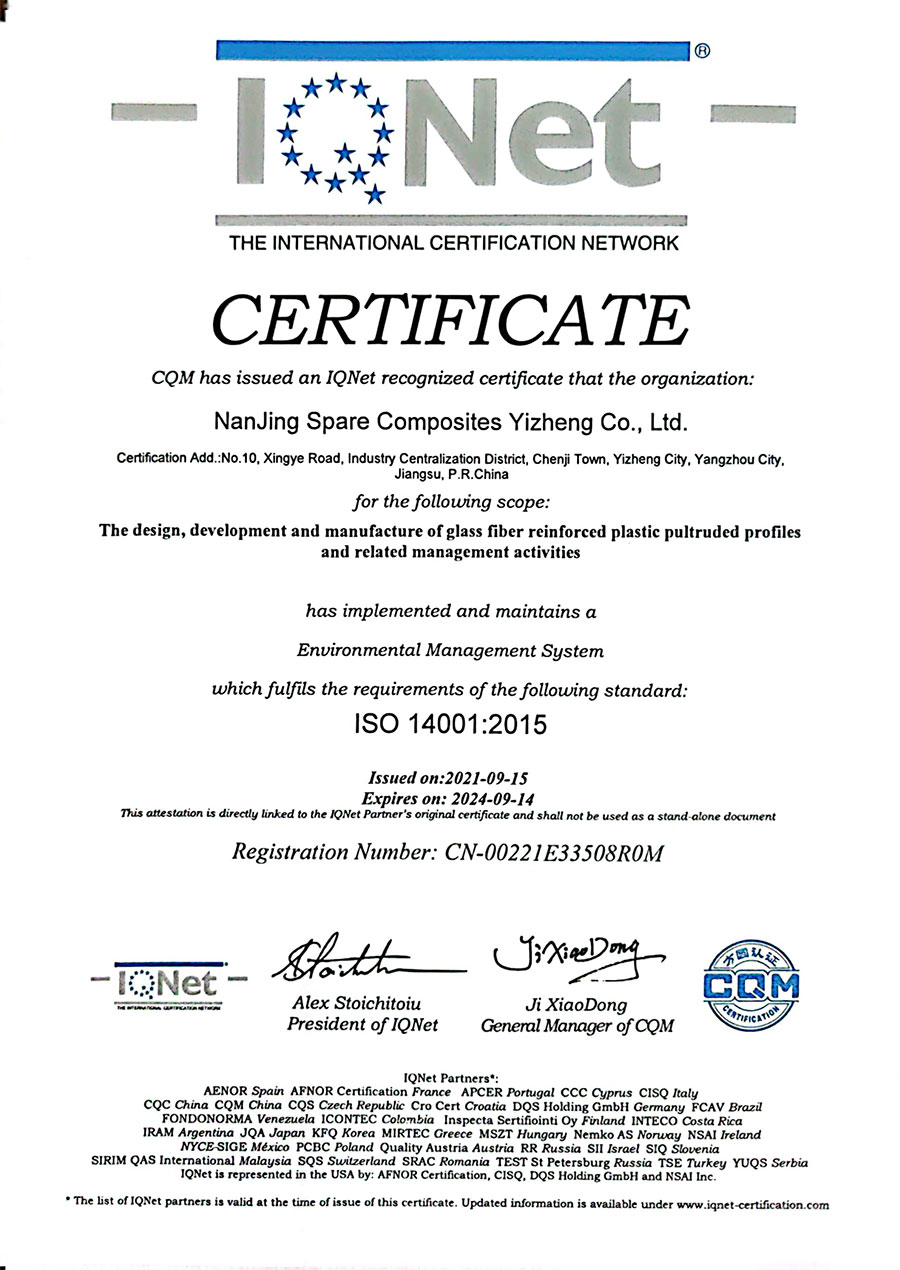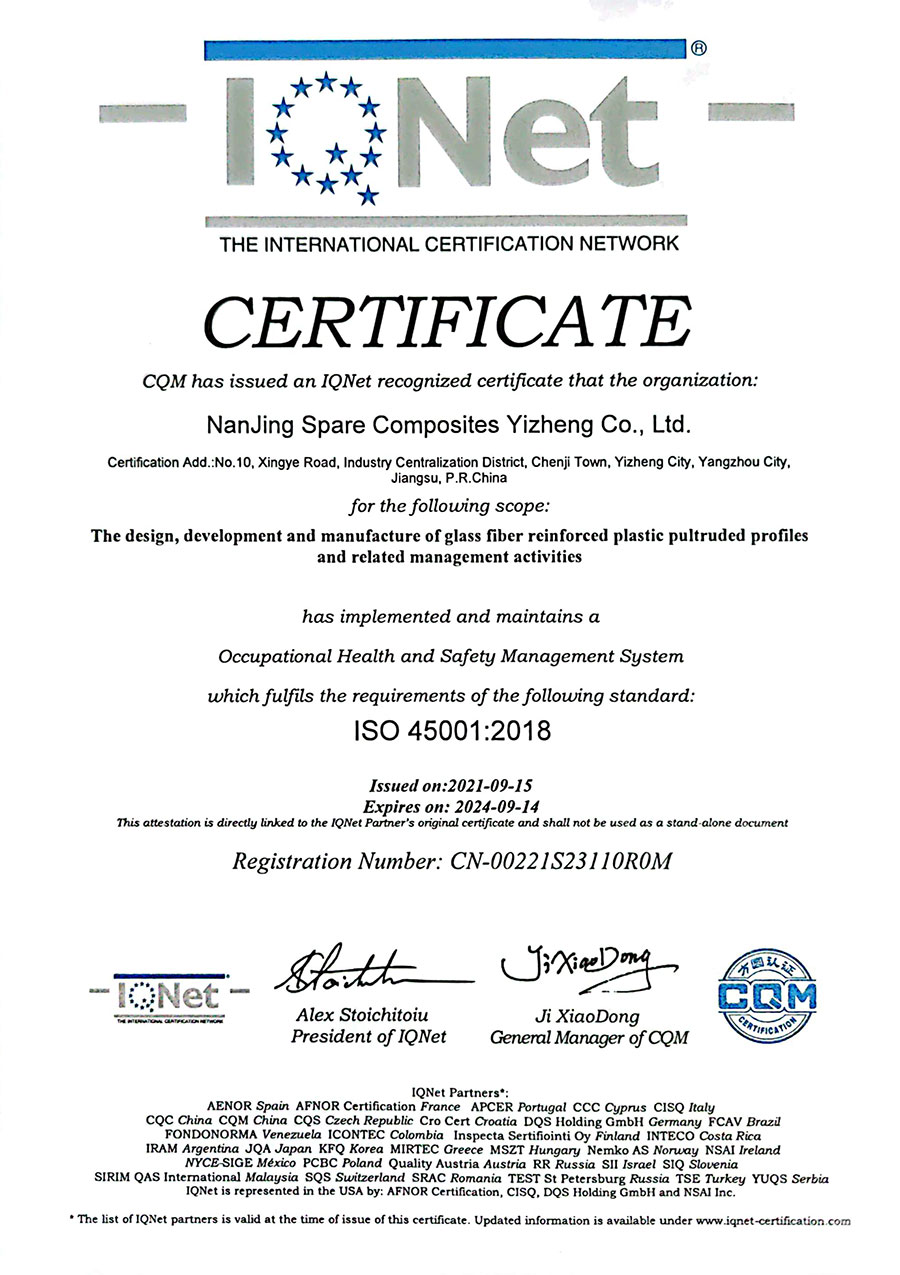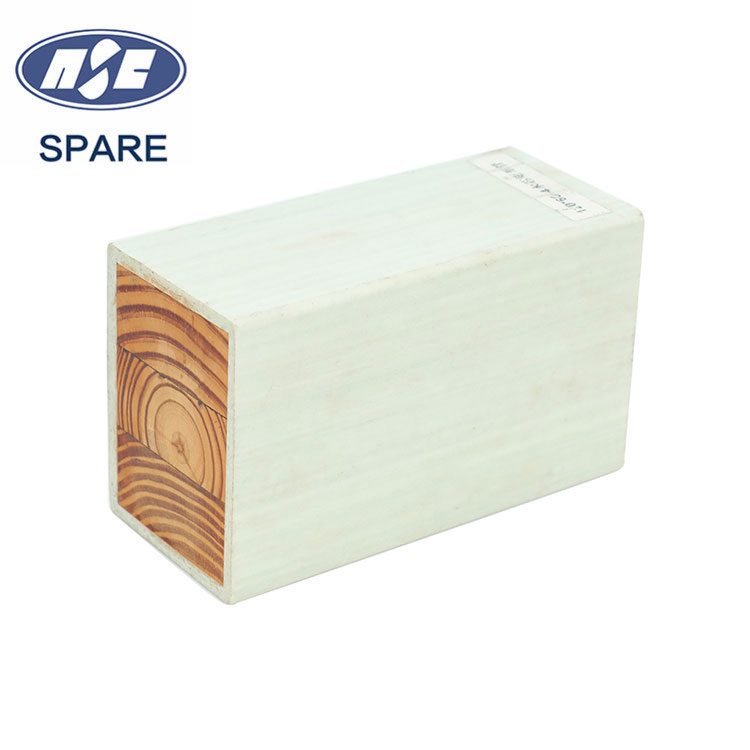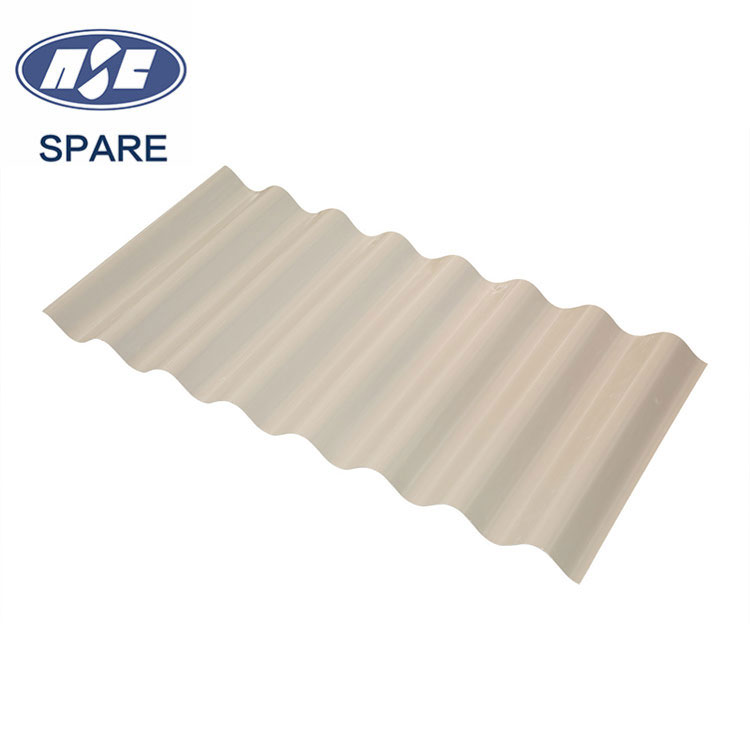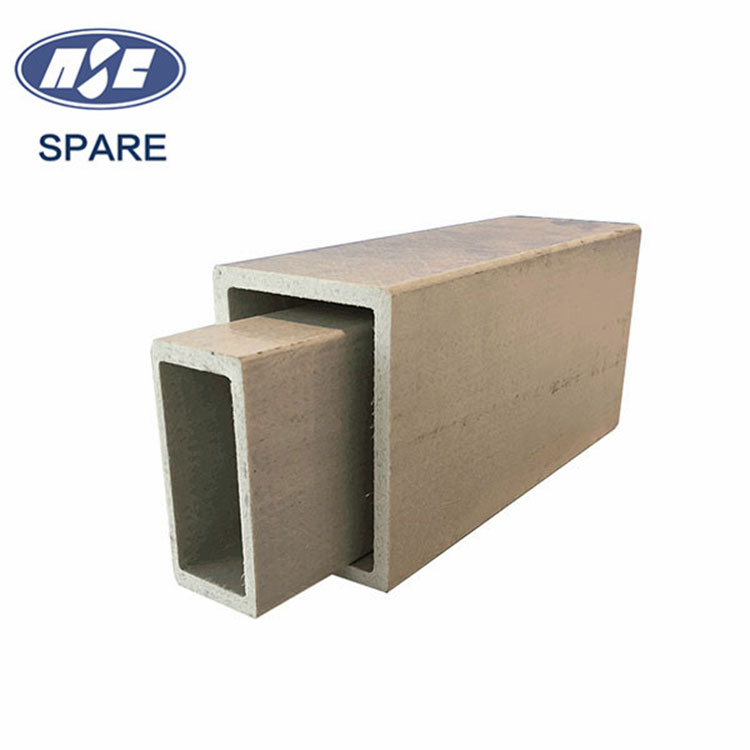- Custom Pultrusion Shapes
- FRP Standard Profile
- Vehicle Composite Profiles
- FRP Bridge Components
- FRP Ladder Rail Profiles
- FRP Tool Handles
- FRP Epoxy Pultruded Profiles
- Fiber-Reinforced Connectors
- FRP Covers
- Composite Cooling Tower
- FRP Decking Solutions
- FRP Grating
- Fiberglass Handrail and Fencing
- Fiberglass Windows and Doors Profiles
- Structural Reinforcements and Profiles
- Composite Frames for Solar Panels
- FRP Cable Tray
GFRP Cable Tray
The ladder type GFRP cable tray is a structural cable support system made from glass fiber reinforced polymer (GFRP), featuring a stepped or trapezoidal design. It is ideal for routing cables across height differences or along slopes.
Send Inquiry
Key Features:
1. Adaptable Design
Suitable for routing cables across elevation changes or inclined surfaces in complex environments.
2. High Strength and Rigidity
Made from GFRP material, offering excellent load-bearing capacity and dimensional stability.
3. Corrosion Resistance
Performs well in humid, corrosive, or chemically aggressive environments.
4. Lightweight Structure
Easy to transport and install, while maintaining strong mechanical properties.
5. Quick Installation
Modular design allows for fast and secure assembly, reducing installation time and labor.
Installation Steps:
● Site Measurement – Assess height differences and slopes to determine layout.
● Bracket Setup – Install brackets to support the tray system.
● Tray Connection – Connect ladder-type trays securely with adjacent sections.
● Angle Adjustment – Adjust tray angles to follow slopes or steps as required.
● Final Inspection – Check alignment, stability, and fastening for safety assurance.
Common Applications:
GFRP ladder type cable trays are widely used in power plants, telecommunication systems, industrial plants, and pipeline projects where cable routing must adapt to uneven terrain or elevation changes.
Understanding the FRP Pultrusion Process
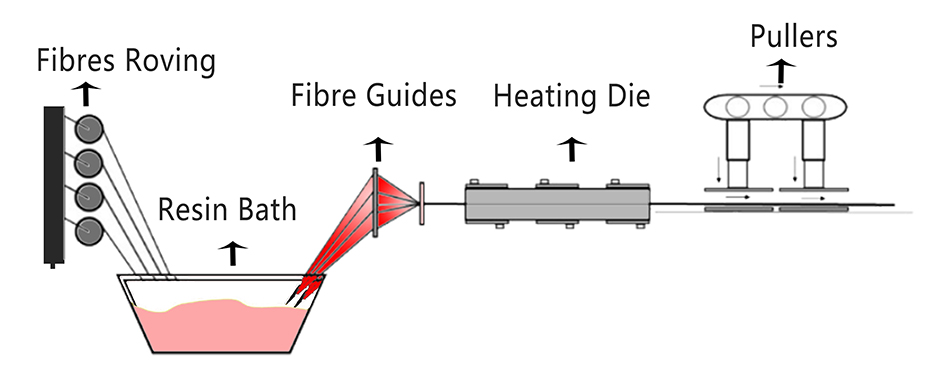
We are manufactures, engineers, designers and fabricators.
Benefits of FRP

Framework stability

Superior corrosion resistance

lightweight

Easy to install

High Strength

customisable

Durability

Non-Conductive

Non-Magnetic

Thermal Stability

Low Maintenance Costs

Low Thermal Conductivity
Qualification Certificate
